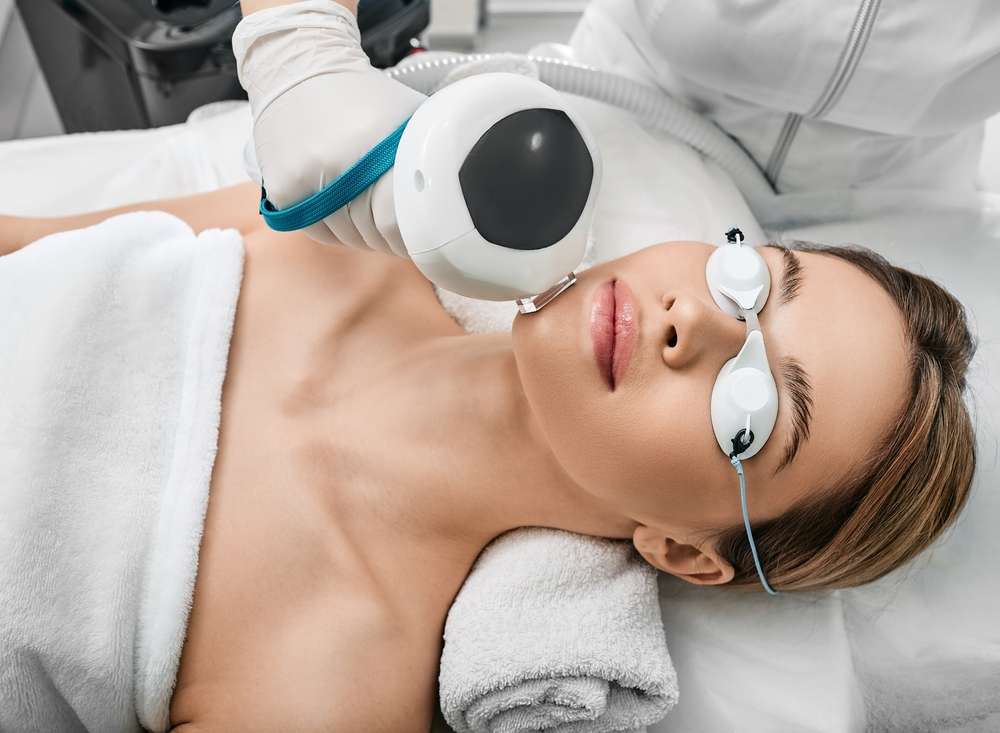Microneedling: The Science of Skin Regeneration
Microneedling, a minimally invasive cosmetic procedure, has gained significant popularity in recent years as a versatile treatment for various skin concerns. This innovative technique involves creating tiny punctures in the skin's surface using fine needles, triggering the body's natural healing response. As a result, collagen and elastin production increases, leading to improved skin texture, reduced fine lines, and a more youthful appearance. The procedure's adaptability to different skin types and concerns has made it a go-to option for those seeking effective, non-surgical skin rejuvenation. From its humble beginnings to its current status as a staple in dermatology clinics worldwide, microneedling has revolutionized the approach to skin care and anti-aging treatments.

Understanding the Mechanism
At its core, microneedling works by creating controlled micro-injuries to the skin. These tiny punctures, typically ranging from 0.5 to 2.5 millimeters in depth, stimulate the skin’s natural healing process. This process involves the production of growth factors, which in turn promote the synthesis of collagen and elastin. These proteins are essential for maintaining skin’s firmness, elasticity, and overall youthful appearance. The micro-channels created also allow for better penetration of skincare products, enhancing their efficacy.
Applications Beyond Anti-Aging
While microneedling is widely recognized for its anti-aging benefits, its applications extend far beyond wrinkle reduction. The treatment has shown promising results in addressing a variety of skin concerns, including acne scars, hyperpigmentation, and stretch marks. Research has demonstrated its effectiveness in improving the appearance of surgical scars and even promoting hair growth when used on the scalp. This versatility has contributed to microneedling’s growing popularity among both dermatologists and patients seeking comprehensive skin improvement.
Advancements in Technology
The evolution of microneedling devices has been rapid and significant. From manual rollers to automated pens and radiofrequency-assisted devices, the technology continues to advance. Modern microneedling devices offer greater precision, adjustable needle depths, and even the ability to deliver serums directly into the skin during treatment. These technological improvements have not only enhanced the efficacy of the procedure but also reduced discomfort and downtime for patients.
Combination Therapies
One of the most exciting developments in the field of microneedling is its integration with other treatments. Practitioners are increasingly combining microneedling with platelet-rich plasma (PRP) therapy, where the patient’s own blood plasma, rich in growth factors, is applied to the skin during the procedure. This combination, often referred to as the “vampire facial,” has shown enhanced results in skin rejuvenation. Other combinations include microneedling with radiofrequency for deeper tissue remodeling and with specific serums tailored to address individual skin concerns.
Safety and Accessibility
As with any cosmetic procedure, safety is a paramount concern. Microneedling, when performed by trained professionals, has a favorable safety profile with minimal risk of adverse effects. The procedure is suitable for most skin types, including darker skin tones that may be at higher risk for pigmentation issues with other treatments. This inclusivity, combined with its relatively affordable cost compared to more invasive procedures, has made microneedling an accessible option for a wide range of individuals seeking skin improvement.
The Role of At-Home Devices
The popularity of microneedling has led to the development of at-home devices, allowing consumers to perform simplified versions of the treatment in their own homes. While these devices typically use shorter needles and are less intensive than professional treatments, they have opened up a new market for DIY skincare enthusiasts. However, experts caution that proper technique and hygiene are crucial to avoid potential complications, emphasizing the importance of professional guidance.
Future Directions and Research
As microneedling continues to gain traction, ongoing research is exploring new applications and refining existing techniques. Studies are investigating its potential in treating alopecia, reducing the appearance of stretch marks, and even improving the efficacy of topical medications for various skin conditions. The future may see more targeted approaches, with needle lengths and treatment protocols customized to specific skin concerns and individual patient needs.
Challenges and Considerations
Despite its many benefits, microneedling is not without challenges. Proper patient selection, managing expectations, and ensuring adherence to post-treatment care are crucial for optimal results. Additionally, as the treatment gains popularity, there’s a growing need for standardization in training and practice to maintain safety and efficacy across different settings. The balance between making the treatment widely available and ensuring it’s performed by qualified practitioners remains an ongoing discussion in the field.
In conclusion, microneedling represents a significant advancement in non-invasive skin rejuvenation. Its ability to stimulate natural collagen production, versatility in addressing various skin concerns, and favorable safety profile have solidified its place in modern dermatology. As technology continues to evolve and research uncovers new applications, microneedling is poised to remain at the forefront of skin care innovation, offering hope for those seeking effective, minimally invasive solutions for skin rejuvenation.





